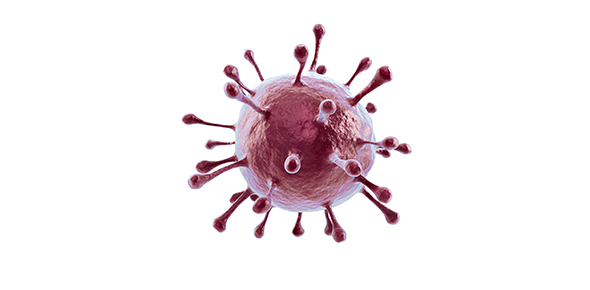Related Flashcards
Cards In This Set
| Front | Back |
|
Urinary Tract Obstruction
|
*interference with the flow of urine at any site along the urinary tract
*anatomic or functional; it impedes flow proximal to the blockage, dilates of the urinary system, increases risk for infection, and compromises renal function.
*Upper urinary tract obstruction
*Lower urinary tract Obstruction
*tumors
|
|
obstructive uropathy
|
*Anatomic changes in the urinary system caused by obstruction
*severity of an obstructive uropathy is determined by (1) the location of the obstructive lesion, (2) whether one or both upper urinary tracts are involved, (3) the severity (completeness) of the blockage, (4) its duration, and (5) the nature of the obstructive lesion
|
|
Upper Urinary Tract Obstruction
|
*b/c of: stones [calculi], compression from aberrant vessel, tumor, or abdominal inflammation and scarring, or ureteral blockage from stones/ malignancy of the renal pelvis/ ureter
*causes hydroureter, hydronephrosis, ureterhydronephrosis--> tubulointerstitial fibrosis & aptopsis
*compensatory hypertrophy & hyperfunction
*postobstructive diuresis
*kidney stones
|
|
Hydroureter
|
Dialtion of thr ureter; accumulation of urine in ureter
|
|
Hydronephrosis
|
Dialtion of renal pelvis and calyces proximal to blockage; enlargment of renal pelvis and calyces
|
|
Ureterhydronephrosis
|
Dilation of ureter & pelvicaliceal system
|
|
Tubulointerstitial fibrosis
|
* the deposition of excessive amounts of extracellular matrix (collagen and other proteins). *Deposition of extracellular matrix is a normal process of organ repair and maintenance, and the deposition of extracellular matrix is balanced by its breakdown
*under the influence of metalloproteinases. *Multiple cytokines and growth factors have been implicated in the process
|
|
Aptopsis
|
*normal process that the body uses to replace damaged or senescent cells with new ones, but the imbalance in growth factors provoked by obstruction leads to excess cellular destruction and death, ultimately resulting in loss of functioning nephrons and kidney damage
|
|
Compensatory hypertrophy & hyperfunction
|
*body is able to partially counteract the negative consequences of unilateral obstruction
*result of two growth processes: obligatory growth & compensatory growth- cause the contralateral (unobstructed) kidney to increase the size of individual glomeruli and tubules but not the total number of functioning nephrons
|
|
Postobstructive diuresis
|
*a brief period of diuresis after relief of bilateral, partial urinary tract obstruction, or complete obstruction of one kidney
*physiologic response and is typically mild, representing a restoration of fluid and electrolyte imbalance caused by the obstructive uropathy
*can be severe- dehydration/ electrolyte imbalance if not corrected
|
|
Kidney stones
|
*calculi/ urinary stones
*calcium oxalate/ phosphate, struvite, & uric acid
*main causes of obstruction in ureters
*most unilateral
*renal colic- CM
*Treatment
|
|
Calculi/ urinary stones
|
masses of crystals, protein, or other substances that are a common cause of urinary tract obstruction in adults
|
|
Risk Factors for kidney stones
|
age (20-40), gender (male), race, geographic location, seasonal factors, fluid intake, diet, occupation, genetic predisposition and other conditions including urinary tract infection, hypertension, and obesity, average temperature, humidity, and rain fall, and its influence on fluid and dietary patterns (desert/ tropics)
|
|
Stone Formation
|
(1) supersaturation of one or more salts in the urine- presence of a higher concentration of a salt in urine than the volume is able to dissolve to maintain equilibrium
(2) precipitation of the salts from a liquid to a solid state- temp and pH
(3) growth through crystallization or agglomeration (sometimes called aggregation)
(4) the presence or absence of stone inhibitors
|
|
Calcium stones
|
*70% to 80%- most common
*idiopathic calcium urolithiasis (ICU), However, hypercalciuria, hyperoxaluria, hyperuricosuria, hypocitraturia, mild renal tubular acidosis, or crystal growth inhibitor deficiencies are associated with calcium stones.
*alkaline urine
|







